If you’re looking to buy a Linux tablet, you have some options out there today. In this article, we’ll compare the best options and guide you through the Linux tablet world.
After our Linux phone comparison, it’s only natural that we do a Linux tablet comparison. In terms of advancements and options in the market, Linux tablets are far behind Linux phones. Linux phones in general are far behind iPhones and Androids. So right from the start, manage your expectations.
If you’re in a rush, here’s a quick comparison of the best Linux tablets:
| Tablet | Price | Display | Battery | RAM | Storage | CPU | Main Features |
|---|---|---|---|---|---|---|---|
| RasPad | $349 | 10.1” multi-touch screen with 720P IPS screen | 8 GB | 64-bit quad-core Cortex-A72 (1.5 GHz) | Raspberry Pi pre-installed, has lots of ports | ||
| Librem 11 | $999 | 11.5″ AMOLED display | 3500 mAh | 8 GB | 1 TB NVMe | Intel N5100 (Jasper Lake) @ 1.1GHz. 4 Cores, up to 2.89GHz | PureOS and Pureboot pre-installed, detachable keyboard and pen |
| PineTab | $99 | 10″ MiPi 720p capacitive LCD | 6000 mAh | 2 GB | 64 GB | 4x ARM Cortex A53 cores @ 1.152GHz | Ubuntu Touch pre-installed, expansion kits |
| StarLite | $498 | 12.5" IPS LED (2880x1920) | 16 | 512 GB | Intel N200 1.00GHz quad-core | Multiple distros to choose from, Surface-like tablet/laptop | |
| CutiePi | $229 | 8” IPS LCD (1280×800) | 5000 mAh | 2 GB | 4 x ARM Cortex A53 cores @ 1.152 GHz | Raspberry Pi pre-installed, has a handle | |
| JingPad | $549 | 11″, 2K+, 2368×1728, AMOLED, 266PPI, 350nit | 8000 mAh | 8 GB | 256 GB | Unisoc Tiger T7510, 12nm octa-core chipset | JingOS pre-installed, has a great display |
What’s a “Linux Tablet”?
Most people will define a Linux tablet differently. So, for the purposes of our article, a “Linux tablet” is a tablet that ships with a Linux distro out of the box, or at least a tablet that makes it super easy to install Linux on. There are other “non-Linux tablets” that work well with a Linux distro, we also included them in our list.
Read this before buying a Linux tablet
- Sadly, most Linux tablets are focused on developers. If you’re an average user or a beginner, some of these tablets may not be a good fit for you.
- Some tablets are currently out of stock or on pre-order. In some cases, you can’t buy a Linux tablet even if you wanted to.
- If you’d buy a “normal” Linux tablet and install a Linux distro on it, the hardware support is very limited, it may not even work on your tablet. Some apps don’t work well with touch.
Because of this, you’re left with very few choices. Especially if you’re a beginner or if you’re looking for bleeding-edge hardware and features.
Best Linux Tablets – Our Top Picks
Here are some of the best Linux tablets you can find today:
RasPad
RasPad 3 is the tablet for programmers. It has the most ports out of all other Linux tablets – Ethernet, HDMI, Audio, USB, and Power. You can even swap TF cards without opening the back cover, making it perfect for distro hoppers. It’s compatible with Raspberry Pi OS, Retropie, Linux, Android, and Windows.
RasPad main features:
- Open source hardware and software
- Runs Raspberry Pi OS, Retropie, and other OSes
- Has lots of ports
- Easily extensible
- Great documentation
RasPad main specs:
- Ports: Ethernet, HDMI, Audio, 3x USB, and Power
- Display: 10.1” multi-touch screen with 720P IPS screen
- Uses Raspberry Pi 4
RasPad price: Without a Raspberry Pi: $219. With a Raspberry Pi: $349
Buy RasPad Check the price on Amazon
Librem – Purism
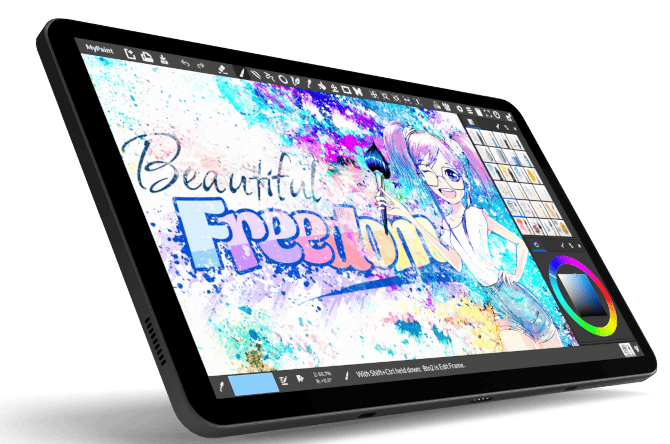
Purism are well-known in the Linux hardware niche. They sell phones, laptops, mini-PCs, and other secure and private Linux devices. They recently released their new tablet – the Librem 11. All Librem 11 tablets ship with a keyboard and a pen. It has an 11.5″ AMOLED display and a 1 TB NVMe.
Librem 11 main features:
- Comes with PureOS and PureBoot pre-installed
- 11.5″ AMOLED display
- 1 TB NVMe
- Detachable keyboard and a pen
Librem 11 specs:
- Intel ME disabled
- Display : 11.5″ AMOLED 2560×1600 @ 60Hz
- Processor: Intel N5100 (Jasper Lake) @ 1.1GHz. 4 Cores, up to 2.89GHz
- Memory: 8 GB LPDDR4 (soldered)
- Storage : 1 TB NVMe (Kingston KC3000)
- Wi-Fi : Intel AX201, Wi-Fi 6 (802.11ax)
- Bluetooth: Intel 9460, Bluetooth 5
- Multitouch digitizer : Goodix GXTP7380
- Stylus : Two buttons, 4096 pressure levels, tilt support (XY), USB-C chargeable
- Protective Keyboard Case : QWERTY
- Sound : 3.5mm AudioJack (Mic-in & Headphone-out combo)
- microSD card reader: Genesys Logic GL823K, tray type (same as Librem 5)
- Accelerometer: Memsic MXC6655
- Front Camera: 2MP fixed focus (1280×720)
- Back Camera: 5MP (2592 x 1944), auto or manual focus
- USB Type C: 2 ports (3.1) full function (USB host data, video alt mode, Power Delivery charging)
- Fingerprint reader: Goodix PID 0x5750 (Not supported in fprint yet)
- Battery: 7.6 V, 3500 mAh
Librem 11 price: $999
PineTab – Pine64
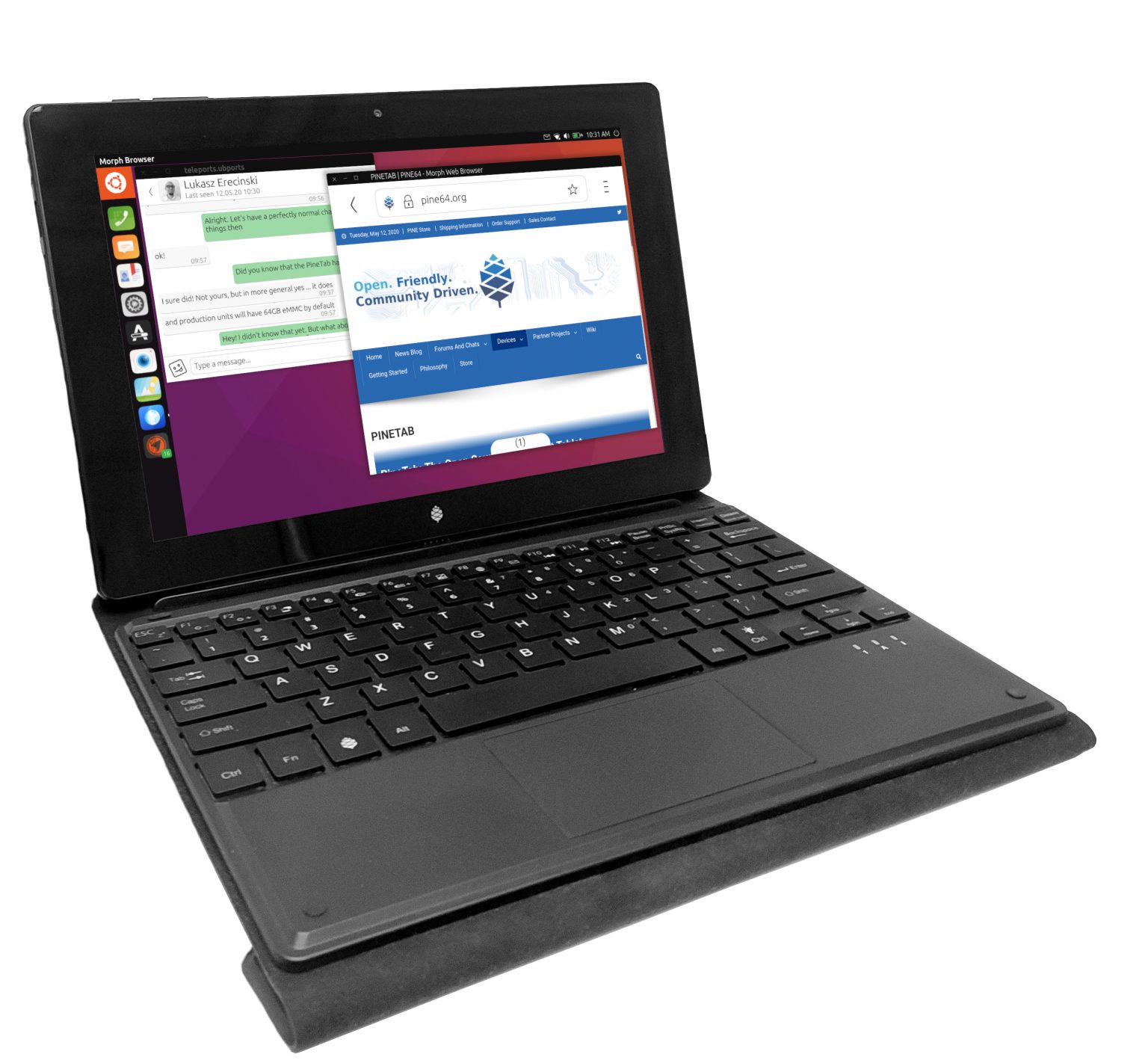
You already know Pine64 for the PinePhone, but they also have a tablet. You can choose a normal version and a version with a detachable keyboard. It’s one of the best Linux tablets, but the downside is that they are often out of stock. So once you see that they have products in stock, buy them ASAP.
PineTab main features:
- Comes with Ubuntu Touch pre-installed
- Optional detachable backlit keyboard
- Multiple expansion boards for LTE, LoRa, and SATA SSD
- Micro HD Video Out
PineTab specs:
- CPU: 4 x ARM Cortex A53 cores @ 1.152GHz
- GPU: ARM Mali 400 MP2 GPU
- RAM: 2GB LPDDR3 RAM
- Display: 10″ MiPi 720p capacitive LCD
- Battery: Li-Po 6000 mAh
- Storage: 64GB of eMMC, Bootable Micro SD slot
- Cameras: 2Mpx front-facing camera, 5Mpx rear camera
- Ports: Micro HD digital video out port, USB 2.0 A Host, Micro USB 2.0 OTG, Optional M.2 slot, 3.5mm headphone jack with mic input
PineTab price: Without a keyboard: $99.99, With a keyboard: $119.98
If you like PineTab, you should also check out PineNote.
StarLite
Star Labs recently turned their StarLite laptop into a Surface-like tablet. It’s a compact 12.5″ tablet that can easily be converted into a laptop. You can choose from multiple Linux distros as an OS for the tablet.
StarLite main features:
- 6+ Linux distros to choose from
- 4800MHz 16 GB RAM
- 12.5″ 3K Touch Display
StarLite specs:
- Chassis:
Type II matte black anodised aluminium - Display:
12.5-inch (diagonal) LED-backlit 10-point touch display with IPS technology
2880×1920 resolution at 276 pixels per inch
16:10 aspect ratio - Processor:
1.00GHz quad-core Intel Alder Lake N200
Turbo Boost up to 3.70GHz, with 6MB Smart Cache - Storage:
512GB Gen3 PCIe SSD
Configurable to:
1TB Gen3 PCIe SSD
Configurable to:
2TB Gen3 PCIe SSD - Firmware:
coreboot - Security Features:
BIOS Lock
Secure Boot
Measured Boot
Disabled Intel Management Engine - Memory:
16GB of 4800MHz LPDDR5 onboard memory - Graphics:
Intel UHD Graphics - Connectivity:
Micro HDMI
USB Type C 3.2 with Power Delivery 3.0
USB Type C 3.2 with Power Delivery 3.0
Micro SD Memory Card Reader
3.5mm Headphone Jack
Keyboard and Trackpad:
Magnetic Backlit keyboard
Trackpad for precise cursor control and Multi-Touch gestures - Wireless:
Intel Wi-Fi 5 9560
802.11ac Wi-Fi; Up to 1.73 Gbps
802.11ac/a/b/g/n compatible - Bluetooth:
Bluetooth 5.1 - Camera:
2k camera
2k rear camera - Video Support:
Simultaneously supports full native resolution on the built-in display and:
Up to two displays with 3840×2160 resolution at 30Hz - Audio:
Stereo Speakers
Dual Digital Microphone
Embedded Controller
ITE 5570E - Battery and Power:
Up to 12 hours battery life
38-watt-hour lithium-polymer battery
65w USB-C Power Adapter - Operating Requirements:
Line voltage: 100V to 240V AC
Frequency: 50Hz to 60Hz
Operating temperature: 5° to 40° C (41° to 104° F)
Storage temperature: -20° to 60° C (-4° to 140° F)
Relative humidity: 0% to 90% non-condensing
Operating altitude: tested up to 3048 metres (10000 feet)
Maximum storage altitude: 12192 metres (40000 feet)
Maximum shipping altitude: 12192 metres (40000 feet) - Size and Weight:
Height: 0.89 cm (0.35 inches)
Width: 28.33 cm (11.15 inches)
Depth: 20.3 cm (7.99 inches)
Weight: 0.9 kg (1.98 pounds)
StarLite price: $713.00 $498.00
CutiePi
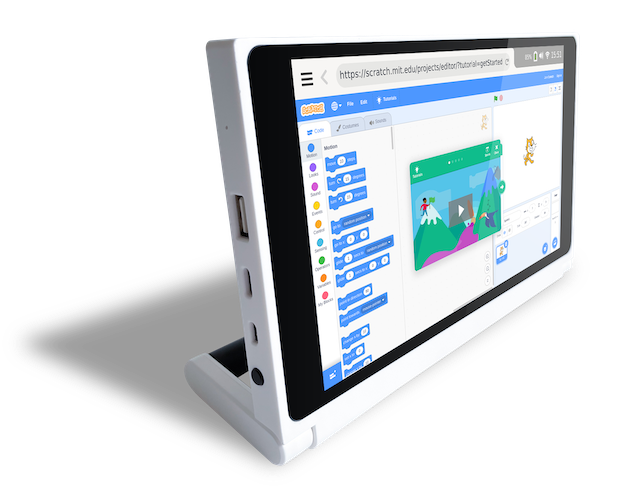

CutiePi is a tablet built with RPi with open source hardware. Every piece of hardware and software is open source. It runs a CutiePi shell with Raspberry Pi OS (Debian-based distro). The unique feature about this tablet is that it has a stand that can act as a handlebar too, making it easy to carry. The only downside is that it doesn’t have a front-facing camera.
CutiePi main features
- Open source hardware and software
- Runs Raspberry Pi OS
- Has a handle that doubles as a stand
CutiePi main specs
- CPU: BCM2711, Quad-core Cortex-A72 (ARM v8) 64-bit SoC @ 1.5 GHz
- Display: 8” IPS LCD (1280×800)
- Battery: Li-Po 5000 mAh
- Connectivity: WLAN 2.4 GHz, 5.0 GHz IEEE 802.11 b/g/n/ac, Bluetooth 5.0, BLE
- Camera: Rear-facing camera 5MP (OV5647)
- Slots: I/O 1x USB type-A, 1x USB type-C (charging), 1x micro HDMI, 1x microSD slot
CutiePi price: $229.00
JingPad
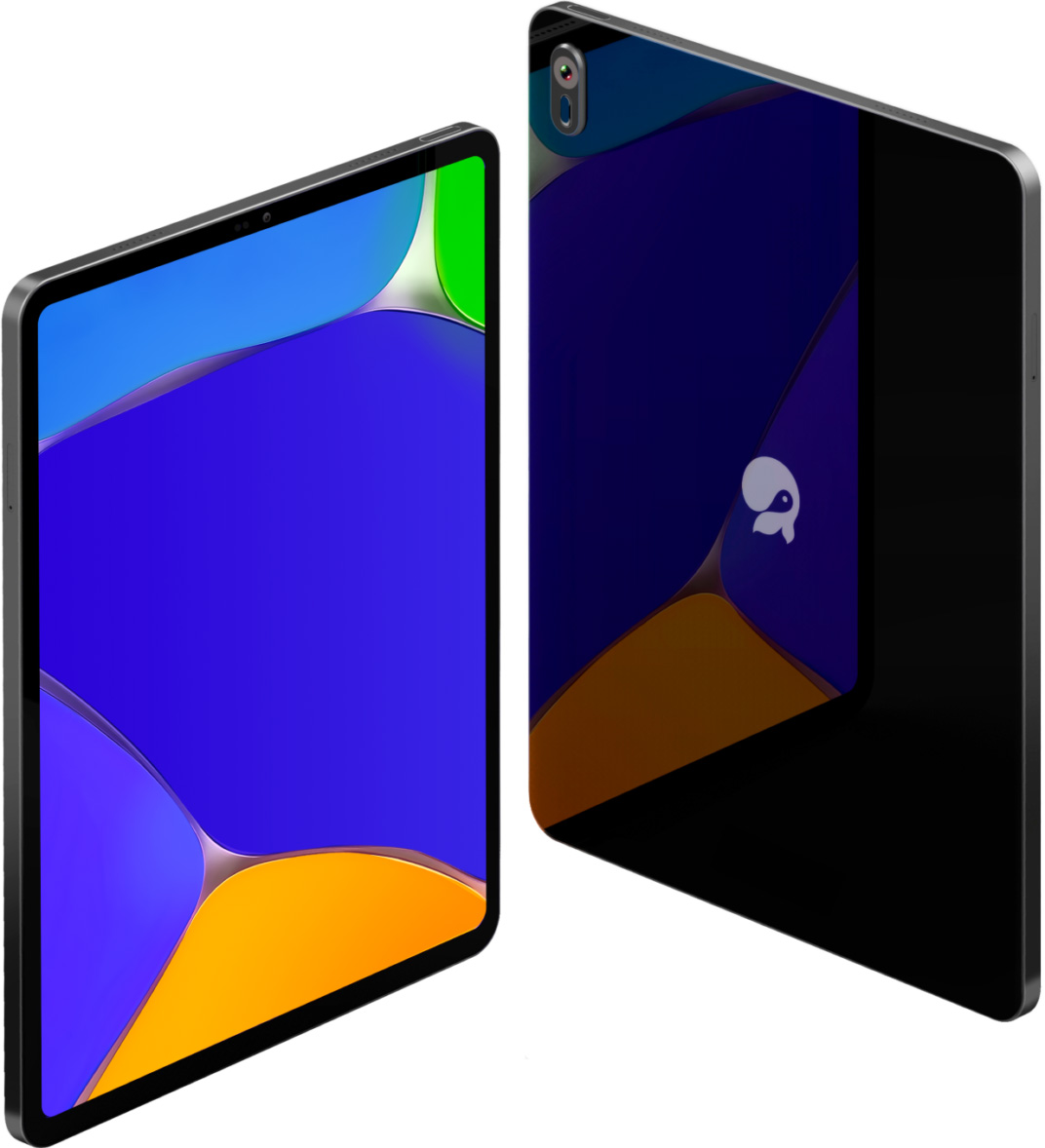

JingPad A1 runs JingOS – a Linux distro for tablets. It has an 11″ AMOLED 266PPI 2K screen, which is a rarity in Linux tablets. Out of all the Linux tablets, it definitely has the best display/screen. It also comes with a detachable keyboard and a Stylus.
JingPad main features
- Open source hardware and software
- Runs JingOS
- Has a detachable keyboard
- Has a stylus/pen
- Has an 11″ AMOLED 2k display
JingPad main specs
- CPU: Unisoc Tiger T7510, 12nm octa-core chipset with 4x Cortex-A75 cores clocked at 2.0GHz and 4x Cortex-A55 cores clocked at 1.8GHz
- Display: 11″, 2K+, 2368×1728, AMOLED, 266PPI, 350nit
- Battery: Li-Po 8000 mAh
- RAM: 8GB LPDDR4
- Storage: 256GB UMCP storage.
- Connectivity: 2.4G / 5G dual-band WiFi, 2*2 mimo, Bluetooth 5.0, GPS/Glonass/Galileo/Beidou, USB Type-C interface, support OTG function
- Camera: 16MP back-camera, 8MP front-camera
- Sensors: Six-axis gyro, Ambient light sensor, Fingerprint sensor
JingPad price: $549
Non-Linux Tablets You Can Install Linux On
Some tablets come with Android or Windows pre-installed, but you can install a Linux distro on them.
Microsoft Surface Tablets


Most Microsoft Surface tablets are pretty compatible with Linux distros. Instead of featuring one specific tablet in our list, we’ll recommend checking this repo that has a list of supported devices with features that work and don’t work on Linux, as well as detailed instructions on how to install a Linux distro on those devices.
Learn more about Linux Surface Search for Microsoft Surface Tablets on Amazon
Lenovo Tab M10 X605F/L
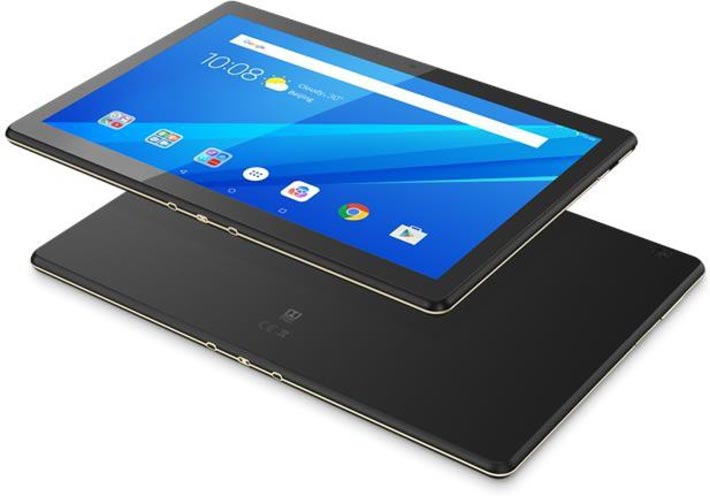

This Lenovo Tablet TB-X605 is almost fully compatible with Ubuntu Touch. It’s a good multimedia device with a good screen and speakers. You can get the specs here. It’s relatively old (2020), but it’s still worth a mention.
Learn more about the X605 with Ubuntu Touch Search for Lenovo Tab M10 on Amazon
Tablets we intentionally left out
You may notice them on other lists, but there are some tablets that we left out of our recommendations:
- Chromebooks. We’re not sure why Chromebooks are recommended in other Linux tablet lists. They would be a better fit on a Linux laptop list if they are to be included at all. The same goes for other “2-in-1” laptops that aren’t really tablets. Though technically ChromeOS is a Linux distro, it isn’t really focused on privacy.
- BQ tablets. Not sure what happened to the BQ company, but it seems like they no longer exist. If you do come across a BQ tablet (like BQ Aquaris M10 FHD) – it will work pretty well with a Linux distro, more specifically, Ubuntu Touch.
- ASUS ZenPad 3S 10. This tablet is compatible with Ubuntu Touch, but it’s quite outdated (2016 release date)
- Chuwi tablets. Their tablets are pretty good – but they don’t ship with Linux out of the box and some features aren’t supported on their tablets. It can be difficult to install Linux on a Chuwi tablet too.
What distros do Linux tablets use?
Linux tablets included in this list ship with a different Linux distro out of the box. Including, but not limited to:
- Ubuntu Touch
- Raspberry Pi OS
- JingOS
- RetroPie
- Ubuntu Desktop and other Desktop distros
Are Linux tablets similar to Linux phones?
Yes, in that they aren’t as developed as Android devices, they both use Linux, and they are both mostly focused on privacy and developers.
Can I turn my Android tablet into a Linux tablet?
It really depends on the tablet you have. Sadly – in most cases, the answer will be no, you can’t install Linux on your tablet because you’d likely be limited with hardware support and functionality. You can always google it and see if you can do it though. Ubuntu Touch has a list of supported devices that may help.
Are you using a Linux tablet? Leave a comment below.
Are you using a Linux distro on your tablet? What distro are you using? What tablet are you using? How’s the compatibility? Leave a comment below.

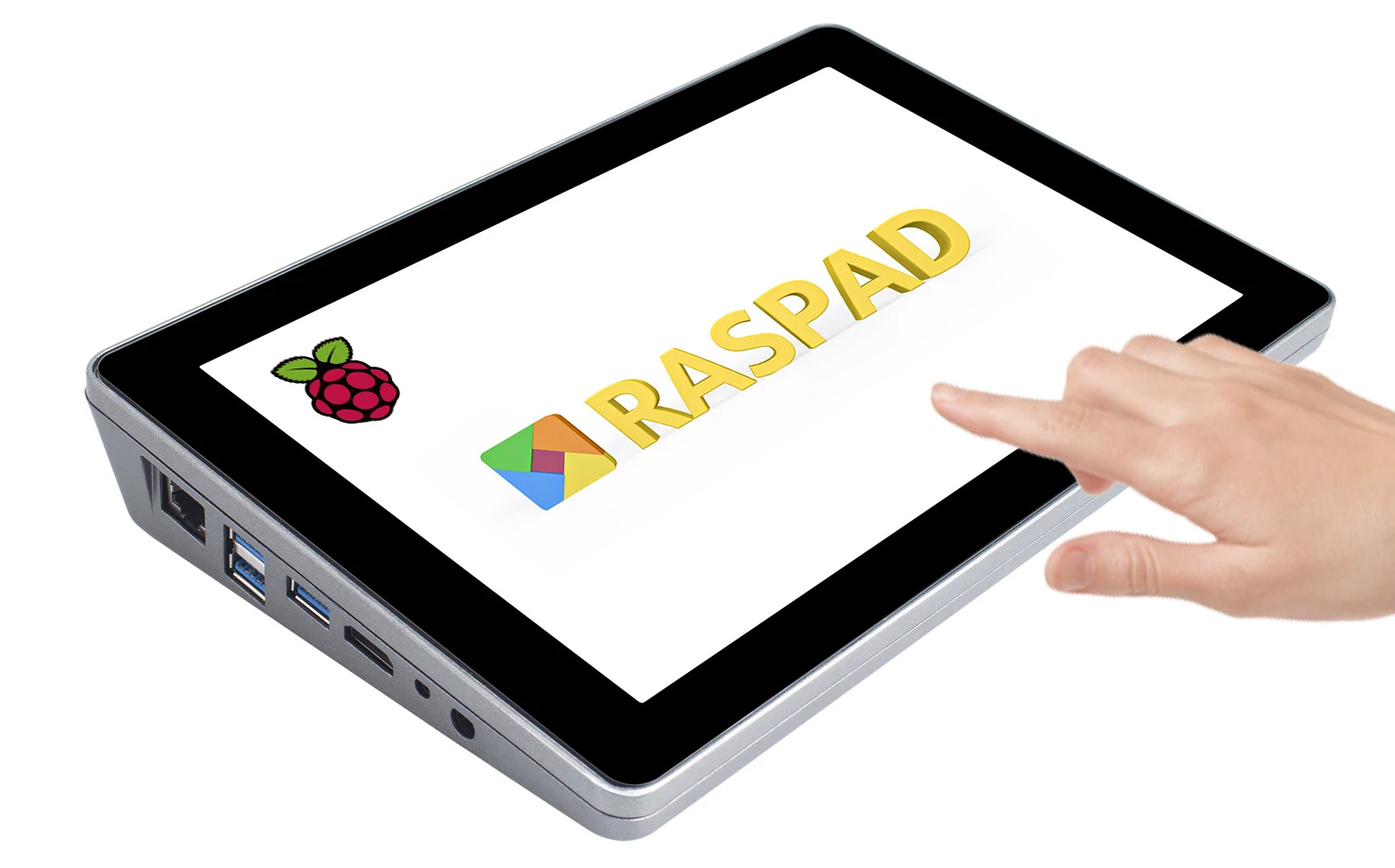




11 thoughts on “Linux Tablet: Best Options, Comparison, and Guide”
How could you miss the fact, that JingPad is not on the market anymore since ~ 2 months? JingLing has financial problems and fired most of the team. Shop is closed.
I didn’t find anything on their official website or forums. If that’s correct, then I’ll remove them from the list
It is your fault…. By the way, the situation about JingLing it is not communicated in a acceptable way on their site nor on other sites. But if you make a search on online market places, you will find there are not buyable Jingle Pads at all. (OK, some are selling their used pieces, but tou couldn’t find brand new ones.)
So correction of your review must be corrected, and Jing Pad must be wiped from this list of Linux-able tablets or must be added a shor line about its hard limited availability on the online marketplaces.
Thanks. (And sorry for my weak English.)
Haha…. I have to correct my text, too.
I want so write:
“… but you couldn’t find new ones.)”
“So correction of your review must be done, …”
“…. and must be added a short line about…. ”
My English is unused and old, so it’s really weak, but I hope anyone could understand it without this correction above.
If you consider chromiumos as Linux variants, you may add fyde tab duo.
GOLE 1 R mini PC, from kick starter, also a great product, which at least I’d buy.
Anyone actually gotten their hands on a Cutie Pi? Or is it vaporware? I pre-paid $229 nearly TWO YEARS AGO and so far have only recieved polite apologies from the developers. It’s always going to be shipped “next month.” What’s going on?
I am in the same boat as you, over two years, and they don’t even send messages or reply anymore. Pure scam in my eyes. Taking advantage of those who love the idea of a true linux tablet.
Same here. Ordered a couple of years ago, got some emails about delays, then nothing. They’ve taken my money and supplied nothing. NOT happy!
Any recommendations or opinions about any of the ruggedized laptops on which Linux can be installed without minimal issues?
I think you may have missed one, I’m reading this and replying on a Pinetab2 which runs on Arch Linux and it works quite well after some fiddling to get it the way I want it